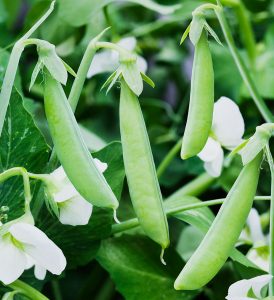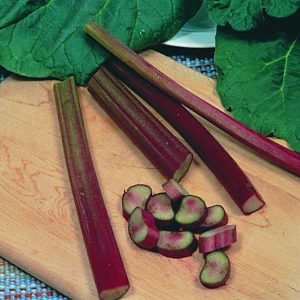

Long popular in France and Italy, the leaves of arugula provide a spicy zap when added to a salad. (Young leaves taste best.) You can also sauté or steam them like spinach or other leafy greens. Plants look a little like a dandelion, but more open. Leaves grow best in cool weather. Leafy plants grow 6 to 12 inches tall while in the harvest stage. Once they bolt in late spring or early summer, the bloom stalks may grow 24 to 36 inches with (edible!) tan-white flowers on top, which signals that it is time to make room for warm-weather crops. However, some gardeners continue to harvest the leaves even from the tall plants, liking the stronger taste. You can even cut them back and pick some more until you finally tire of that and then pull them up and wait until fall to plant again.
- Type Cool season annual
- Planting time Early spring, fall
- Maturity 10 to 45 days after planting
- Features Peppery, mustard-flavoured leaves
- Light Full sun is best; will tolerate partial shade
- Soil Fertile, moist, but well drained
- Spacing 12 to 18 inches
- Plant size 6 to 12 inches tall, 2 to 3 feet after bolting
- Garden use In vegetable and herb gardens
- Culinary use Salads and cooked greens
Light requirements Full sun to part shade.
Planting Space 12 to 18 inches apart.
Soil requirements Ideally provide rich, well-drained soil, but arugula tolerates a range of soil conditions, including poor, rocky and evenly moist (but not water-logged).
Water requirements Keep soil evenly moist for lush, tender leaves.
Frost-fighting plan Arugula tolerates light frost (28-32ºF). Cover with a frost blanket to extend harvest season as harder frosts arrive.
Common issues Watch out for flea beetles and slugs.
Harvesting Start picking leaves as soon as they’re large enough for desired use. Pick outer leaves first, and plants will continue to yield more leaves for future harvest.
Storage Store leaves (washed or unwashed) between clean paper towels, rolled up gently and slipped into a loosely closed plastic bag. Stash the bag in the fridge. Leaf quality starts fading after three days.



